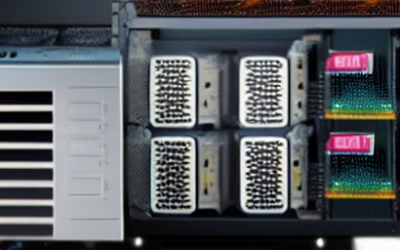The Asana HubSpot Integration is a powerful tool that allows users to easily sync their project tasks and information between the two platforms. This integration enables users to take advantage of both Asana’s project management features and HubSpot’s powerful marketing and sales automation capabilities.
Tech Blog
Tech Insights, Information, and InspirationZendesk Asana Integration
The integration between Zendesk and Asana allows customer service reps to quickly create tasks in Asana from within their Zendesk ticket. This allows teams to better track customer issues and coordinate tasks related to resolving them. By creating tasks in Asana, customer service reps can assign tasks to specific team members, set due dates and deadlines, add comments and attachments, and more.
Zendesk Slack Integration
Zendesk Slack Integration allows users to link their Slack account with their Zendesk account, enabling them to communicate with their customers and collaborate with their team in a single platform. With the integration, users can create and manage tickets from within Slack and even receive notifications when new tickets are created, so they can stay on top of customer inquiries.
Pair Programming
Pair programming is a software development technique in which two programmers work together at one computer, with one typing and the other guiding the design and direction of the code. This technique encourages collaboration, problem solving, and communication among team members. It also allows teams to work more efficiently and quickly, because it allows for more experienced programmers to work with less experienced ones and for ideas to be exchanged in real time.
Cloud Based vs Web Based Applications
The main difference between cloud based and web based applications is the way they are hosted. Cloud based applications are hosted on a provider’s server and accessed over the internet, whereas web based applications are hosted on an organization’s own server.
Airtable Asana Integration
Airtable and Asana are two popular project management tools that can be used together to streamline collaboration and project tracking. Airtable and Asana are both cloud-based solutions that allow users to create task lists, assign tasks to team members, track progress, store data, and more. With the Airtable-Asana integration, users can sync their Airtable tasks with their Asana tasks, allowing them to manage projects from both tools in one place.
Asana Slack Integration
The Asana Slack integration allows users to link Asana projects to Slack channels, so that conversations and tasks can be tracked together. This integration allows users to set up notifications in Slack when tasks are created or updated in Asana, and it also allows users to create tasks in Asana directly from Slack. This integration also allows users to search for tasks and projects in Asana without leaving Slack.
Product Information Management Software
Product Information Management software is a type of software used to store and manage product information. This software helps businesses keep track of product details such as product names, descriptions, images, pricing and availability. It also provides a centralized repository for product-related data. PIM software helps businesses improve their customer experience by providing accurate product information quickly and easily.
Integration Software as a Service (iSaaS)
Integration Software as a Service (ISaaS) is a type of cloud-based software solution that enables the integration of data, systems and applications across an organization. ISaaS provides an efficient and cost-effective way to manage data and system integration projects, while allowing organizations to access the latest technology without investing in costly and complex hardware or software solutions.
Asana Trello Integration
Asana Trello integration allows users to leverage the best features of both tools. Asana and Trello are both task management tools, so the integration allows users to easily transfer tasks from one tool to the other. This makes it easier to manage tasks across multiple teams and projects. It also makes it easier to collaborate with other users, as tasks can be assigned to multiple people in either tool.
Get In Touch
UseTech Design, LLC
TROY, MI • BLOOMFIELD HILLS, MI
Call or text +1(734) 367-4100










